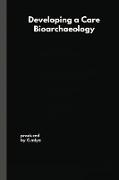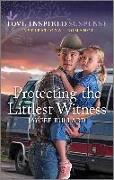- Start
- Developing a Care Bioarchaeology
Developing a Care Bioarchaeology
Angebote / Angebote:
The willingness to care for those who are in some way disabled is widely regarded as
one of the characteristics that define what it is to be human (Gould 1988, Green 2003).
Experience of disease is a constant of our existence, and the provision of health-related
care appears to be such a universal and well-established response that some have even
claimed an evolved genetic component for this practice (Fabrega 1997, 2011, Hill et al
2009, Sugiyama 2004a).
In archaeology, healthcare provision is inferred from physical evidence in a set of
human remains indicating survival with, or recovery from, a disabling pathology in
circumstances where, without such support, the individual may not have survived to
actual age at death. However, while there is a rich literature documenting individual
examples of serious pathology, including reports in which the likelihood of care is
explicitly acknowledged, although not elaborated ( see, for example, Dickel and Doran
1989, Hawkey 1998, Luna et al 2008, Trinkaus and Zimmerman 1982), and exploring
interactions between the evolution of disease, social and environmental variables, and
population health status (e.g. Larsen 2000, Roberts and Manchester 2005, Steckel and
Rose 2002a, b ), archaeology has largely overlooked health-related caregiving as a
specific focus of analysis.
Folgt in ca. 15 Arbeitstagen

